Homemade Baby Food: 10 Essential Tips for Nutritious Meals
Creating homemade meals for your little one is a rewarding way to ensure they’re eating nutritious options while controlling the ingredients. Whether you’re starting with solids at 4 months or transitioning to more complex meals at 6 months, these tips will guide you through the process.
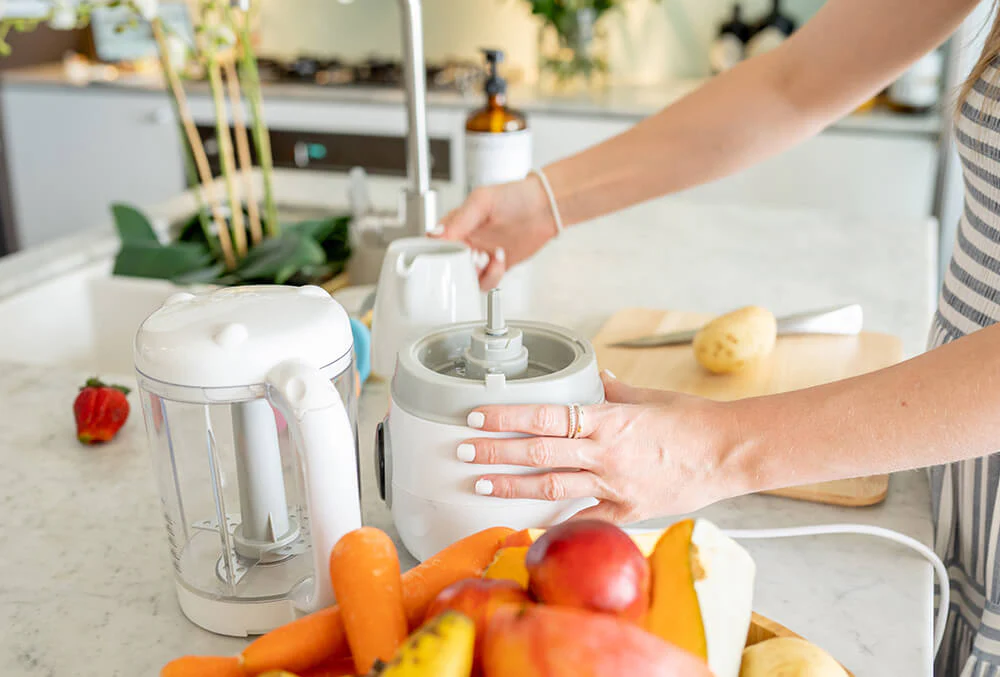
1. Know When to Start Solids
Most pediatricians recommend introducing solids between 4 and 6 months. At this age, babies are generally ready to explore pureed foods. Always consult your pediatrician for advice tailored to your baby’s needs.
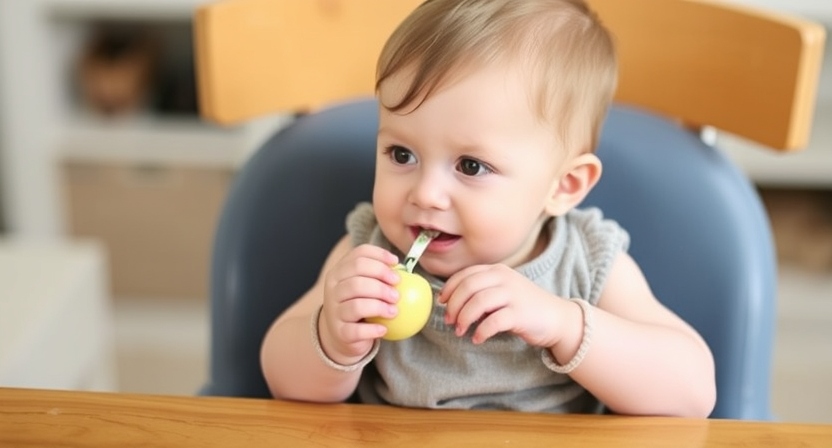
2. Choose the Right Food Maker
Investing in a high-quality food maker can simplify meal preparation. Look for one that steams and blends, allowing you to create smooth purees and meals with minimal effort.
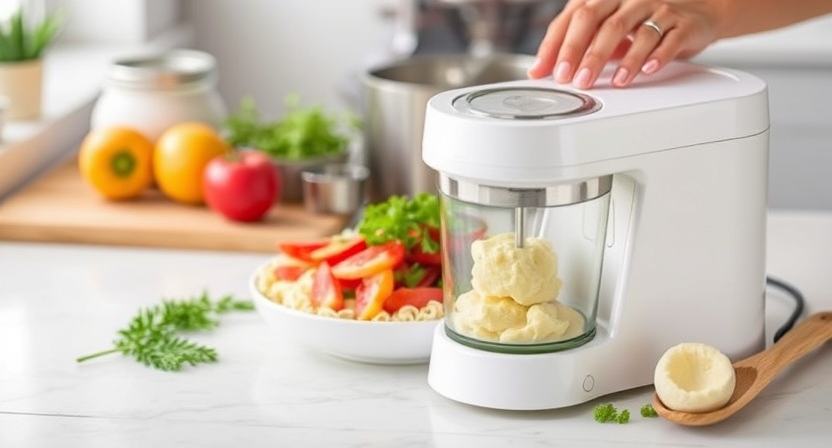
3. Start Simple with Recipes
Begin with single-ingredient purees like carrots or bananas. These are easy to digest and introduce new flavors without overwhelming your baby. As they get used to these foods, you can mix in combinations like zucchini and apple or sweet potato and carrot.
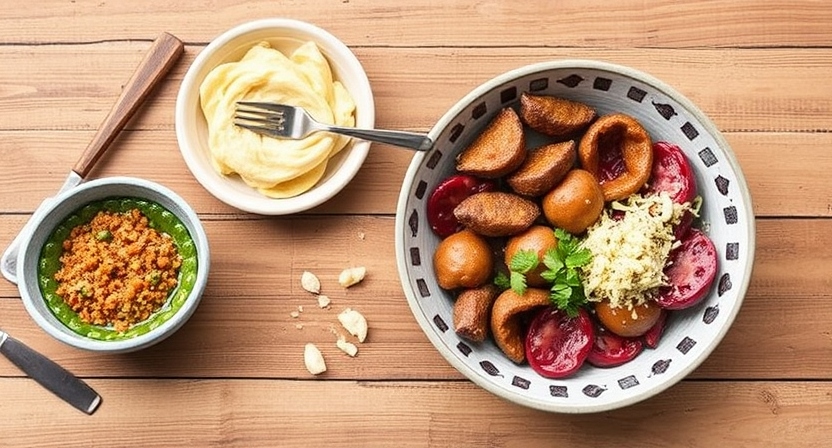
4. Watch for Allergies
Introducing new foods may lead to allergic reactions. Be on the lookout for symptoms such as rashes, digestive discomfort, or changes in your baby’s behavior. Keep track of what you introduce and wait a few days before trying new ingredients to spot potential allergies early.
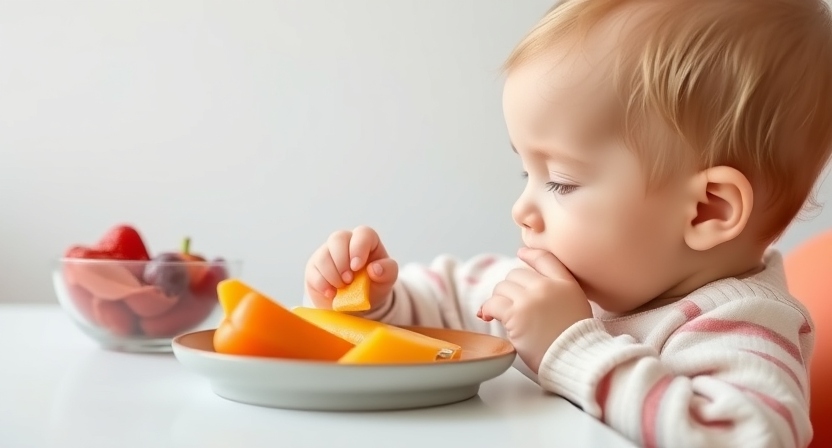
5. Store Food Efficiently
Making larger batches of food can save time. Use baby food containers or freezer trays to store portions for later use. Label everything with the date and contents so you can keep track of freshness. Most homemade options can be kept in the fridge for up to 3 days, or frozen for up to 3 months.
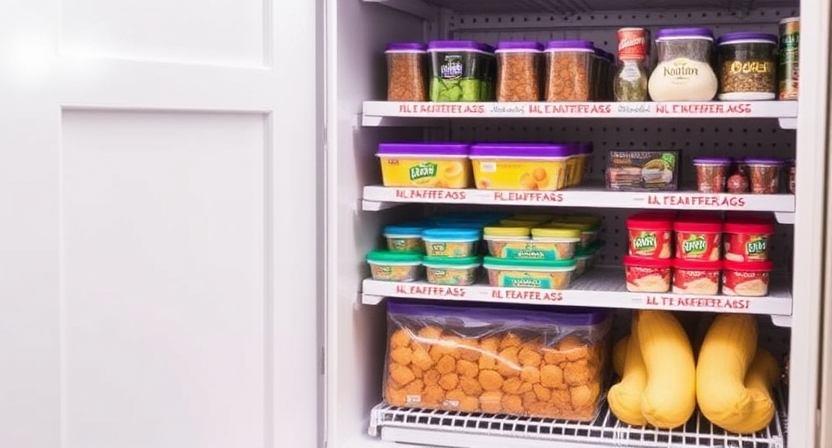
6. Explore Different Textures
As your baby grows, begin introducing thicker purees or small soft chunks. For 6-month-olds, start with textures that are more complex, such as chicken puree or quinoa. This helps babies adapt to chewing as they develop.

7. Make Use of Helpful Resources
There are many apps and websites with ideas for baby meals. These can be tailored to your baby’s age and nutritional needs. You can also find recipes that match your baby’s progress and feeding schedule.
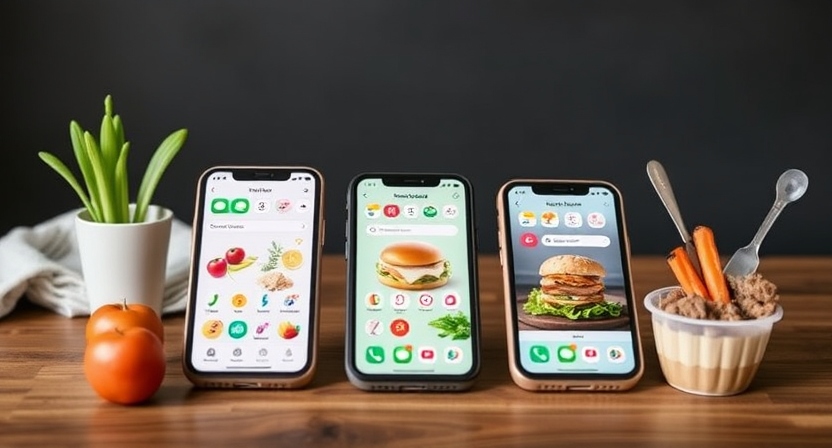
8. Focus on Hygiene
Always wash your hands, utensils, and cooking equipment before preparing meals. Ensure that ingredients are fresh and within their expiration date to avoid introducing harmful bacteria.
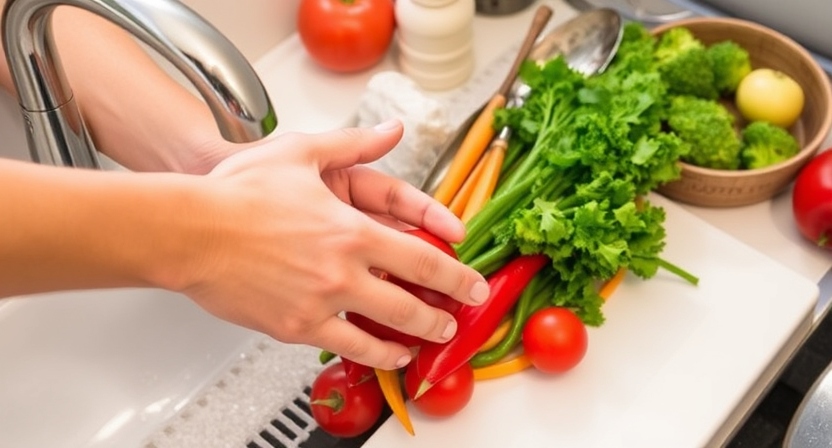
9. Learn About Food Allergens
Certain foods are more likely to cause allergic reactions. It’s important to familiarize yourself with the recommended guidelines for introducing allergens like peanuts or dairy. Some pediatricians recommend introducing peanut butter early to reduce allergy risks.
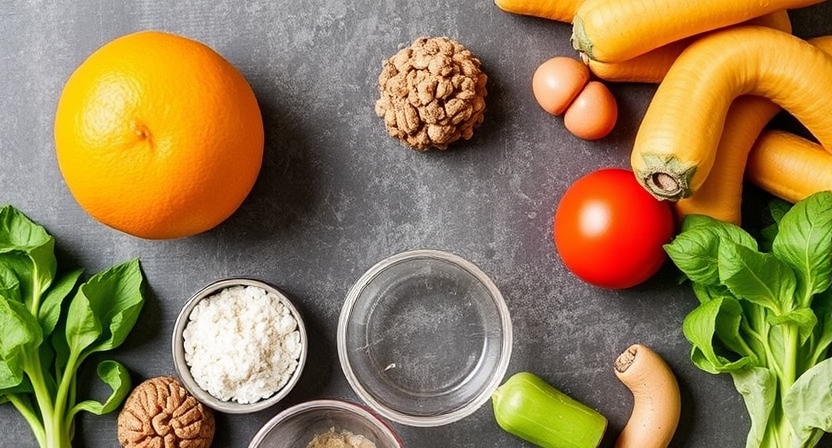
10. Enjoy the Process!
Making meals for your little one should be fun and rewarding. You can involve other family members or friends in the preparation process, turning it into a group activity. Take photos of the food you create and cherish those special moments!
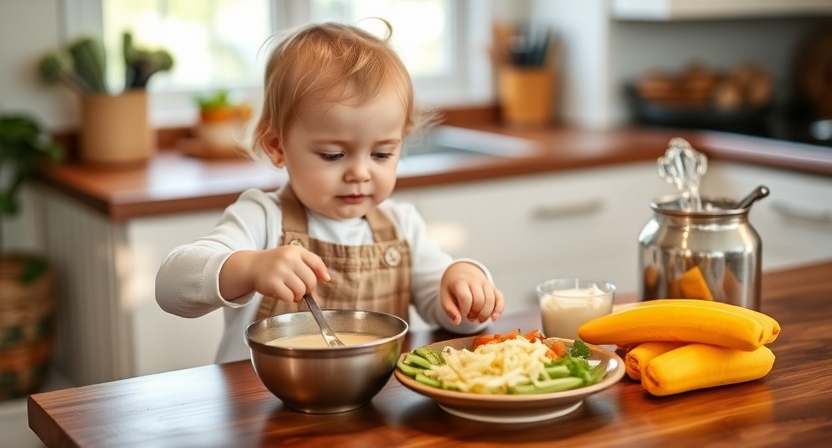
Frequently Asked Questions
- When can babies start eating solids?
Most experts suggest introducing solids between 4 to 6 months. Always check with your pediatrician before starting. - What are the best first foods for a baby?
First foods should be simple and easy to digest, like mashed bananas, pureed carrots, or sweet potatoes. - How do I make homemade food for my baby?
Steam or cook fruits and vegetables until soft, then blend until smooth. You can use a baby food maker or a regular blender. - What should I include in a 6-month food plan?
A 6-month plan typically includes pureed fruits, vegetables, and some grains. Start with simpler textures and move to chunkier purees. - How do I identify food allergies in my baby?
Watch for symptoms like rashes, hives, or digestive upset after trying new foods. Consult your pediatrician for any concerns. - What kitchen tools do I need for baby meals?
A good blender, baby food maker, and storage containers are key tools. A steamer is also helpful for cooking veggies and fruits. - Can I freeze homemade food for babies?
Yes! You can freeze homemade portions for up to 3 months using ice cube trays or small containers for easy portion control. - What are some good recipes for 6-month-olds?
Try simple recipes like carrot and sweet potato puree, apple and banana mash, or pea puree. - How should I introduce new foods?
Introduce one new food at a time and wait 3 to 5 days before trying another. This helps you monitor for any allergic reactions. - Are store-bought baby foods safe?
Most commercial products are safe, but it’s important to read labels for allergens, added sugars, and preservatives. Some parents prefer organic or homemade alternatives. - Can I make my own food pouches?
Yes, you can blend food at home and use reusable pouches for convenient, on-the-go feeding.
Conclusion
Making meals for your baby at home is an excellent way to ensure they are eating healthy, nutritious meals tailored to their needs. With these tips, you’ll be prepared to create easy, wholesome meals for your little one and make the process enjoyable for both of you.
Discover Top Resources: A Curated List of Helpful Links For Your Little One
Top 10 Teething Toys: Soothing Relief for Your Baby’s Gums
Top 10 Non-Slip Bath Mats for Babies: Ensuring Safety and Comfort at Bath Time
The Best Convertible Cribs of 2024: Safe & Stylish Options for Your Nursery
The Ultimate Guide to Smart Baby Monitors: Top Picks & Features for 2024
Top 10 Must-Have Baby Bath Products for Gentle and Safe Bath Time